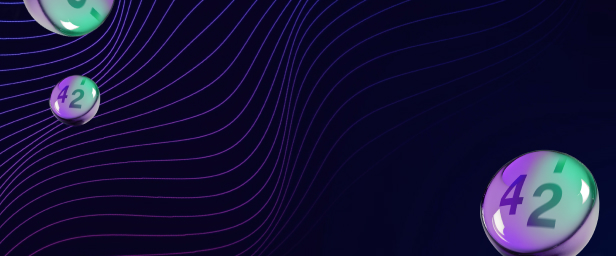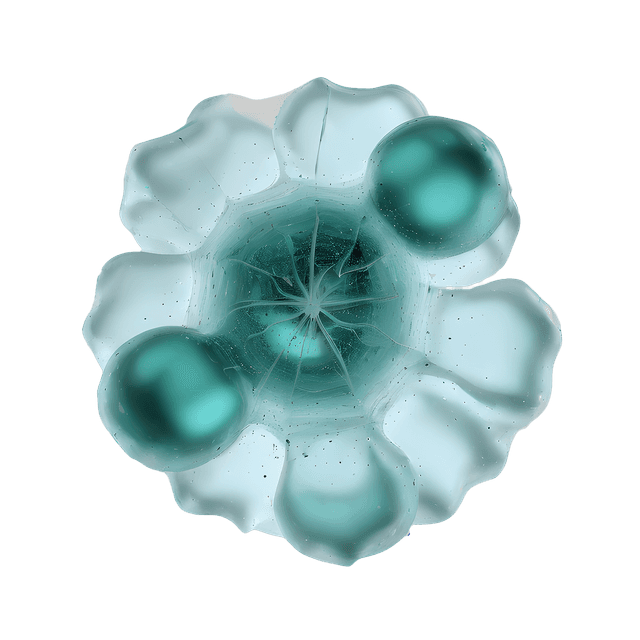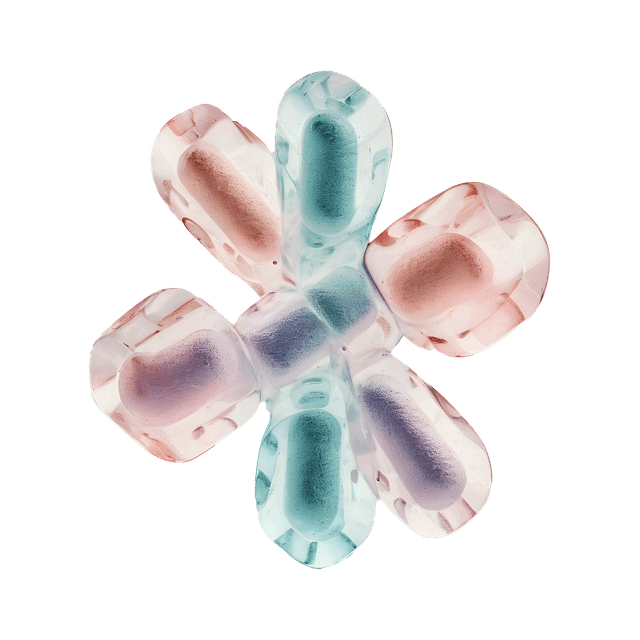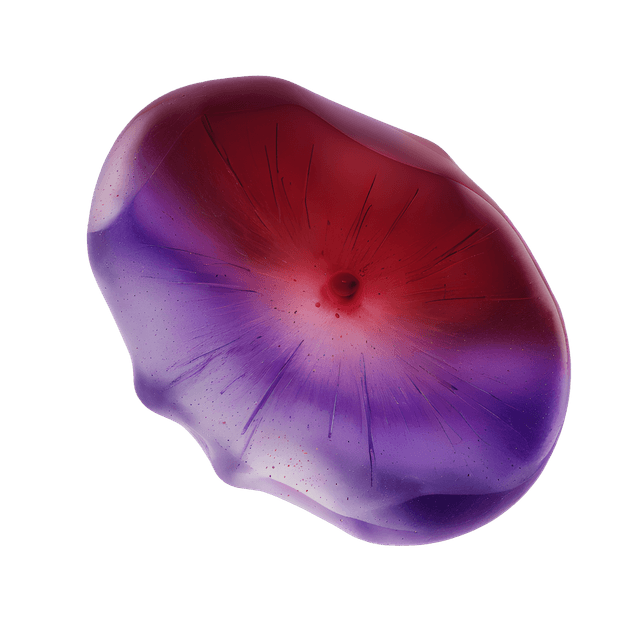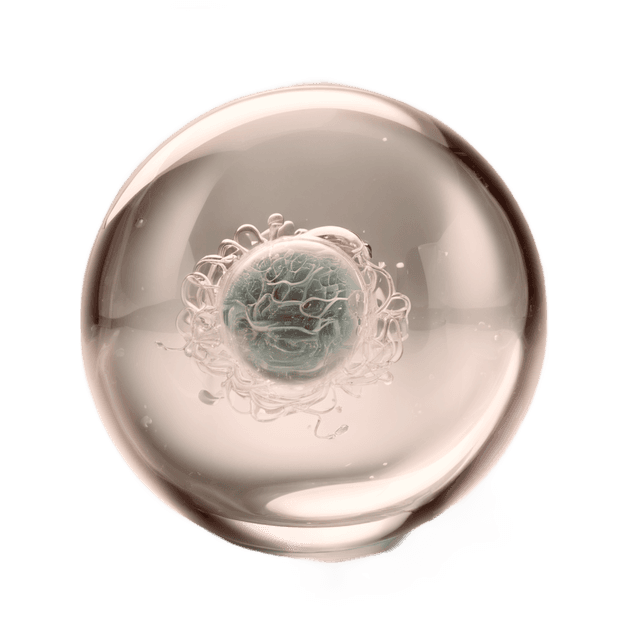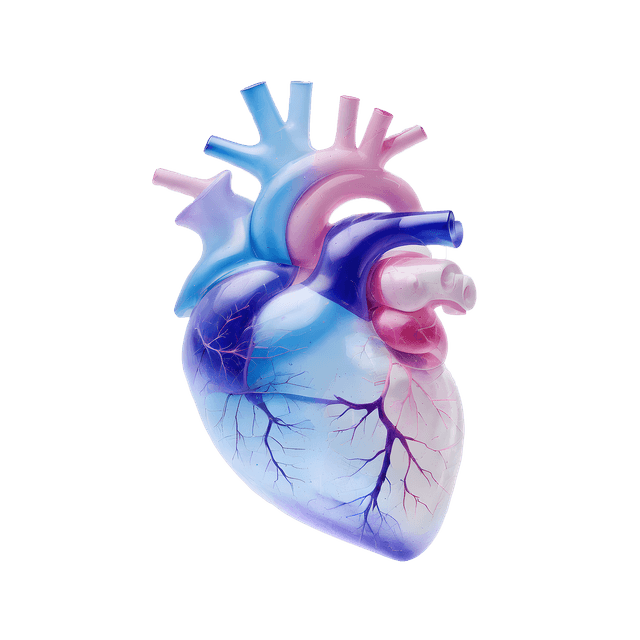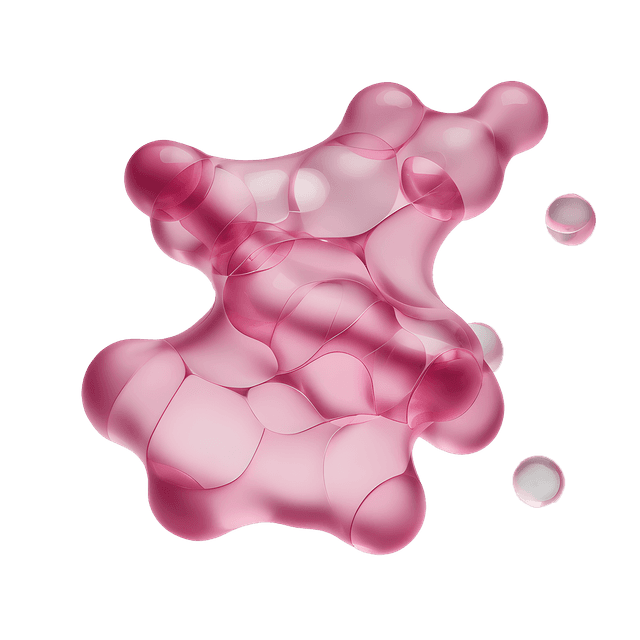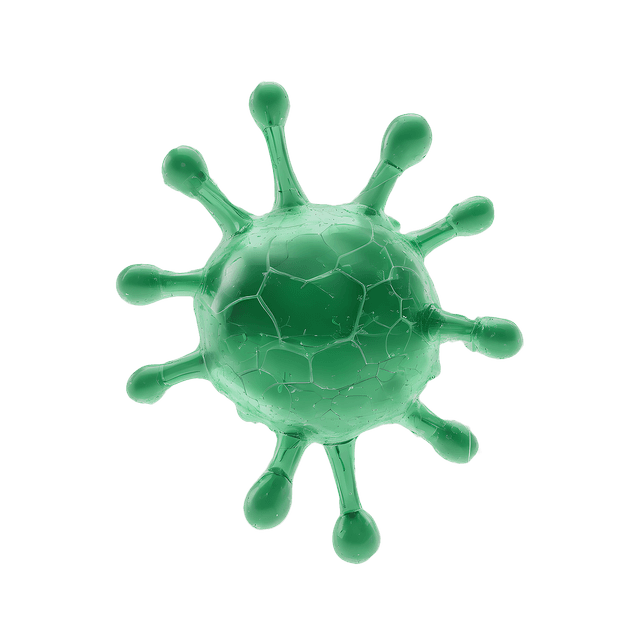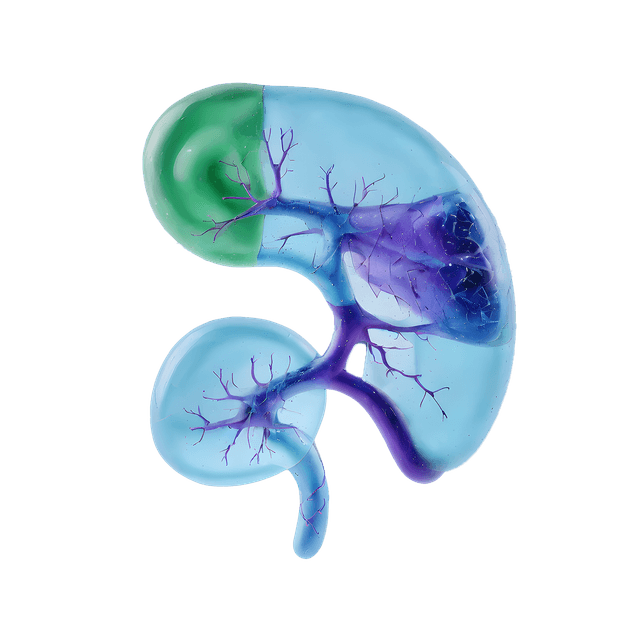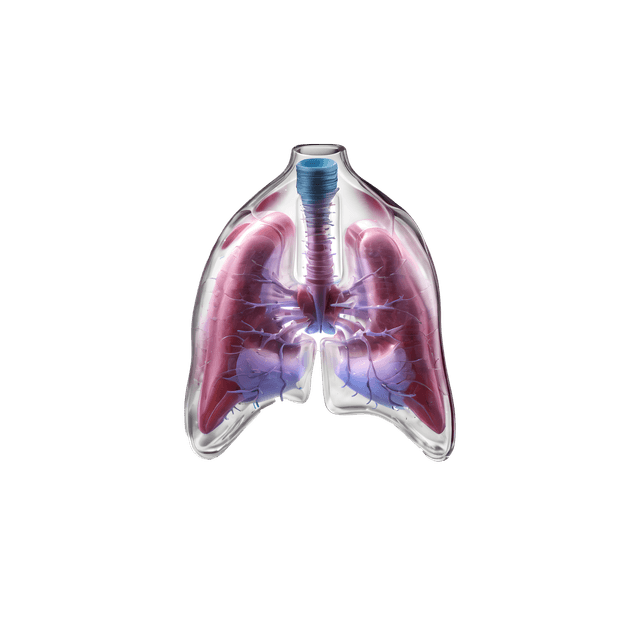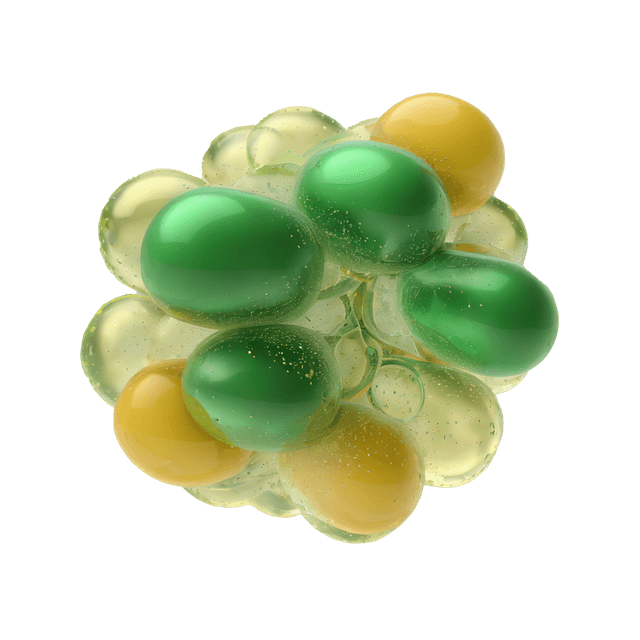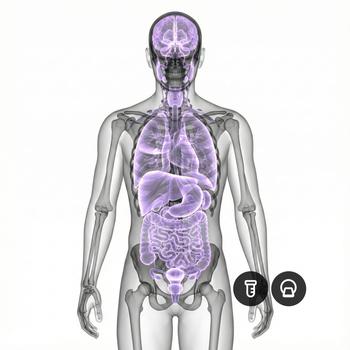Quick version
The shoulder blade plays an important role in the function and mobility of the shoulder. Its proper function is essential for normal arm movement.
- Connects the upper arm to the ribcage
- Serves as an attachment point for several important muscles
- Plays a central role in mobility and posture
- Pain may be caused by local injuries to the shoulder blade or referred conditions from other body parts
What is the shoulder blade?
The shoulder blade, also called the scapula, is a flat, triangular bone located on the back of the ribcage at the level of the upper ribs. Together with the collarbone and upper arm bone, the shoulder blade forms the shoulder joint, which allows the arm to move freely.
Parts of the shoulder blade and surrounding muscles
The shoulder blade consists of several parts: the spine of the scapula, the acromion (the part that connects with the collarbone), the coracoid process, and the articular surface (glenoid cavity) where the upper arm bone attaches. The scapula is surrounded by several muscles, including the deltoid, trapezius, rhomboid, and serratus anterior. Several muscles that together form the rotator cuff also attach to the shoulder blade – such as the supraspinatus, infraspinatus, subscapularis, and teres minor.
Function of the shoulder blade
The shoulder blade acts as a stable base for arm movements and is involved in motions such as lifting, rotating, or extending the arm. Proper stability of the scapula is essential for normal shoulder function.
Causes of shoulder blade pain
Pain in the shoulder blade is often caused by muscle tension, overuse, poor posture, or nerve irritation. Common injuries or conditions include muscle inflammation, impingement syndrome, and scapular winging. Sometimes pain may radiate toward the shoulder blades even though the source is in the neck or upper back. In some cases, heart or gallbladder problems can also cause referred pain to the shoulder blade area.
Examination and diagnosis
A doctor or physiotherapist can perform an examination assessing posture, mobility, and muscle strength, as well as evaluating the movement of the scapula in relation to the shoulder joint. If an injury or inflammation is suspected, imaging such as X-ray, ultrasound, or magnetic resonance imaging (MRI) of the shoulder blades may be helpful.
Relevant symptoms
- Pain or soreness between the shoulder blades
- Difficulty lifting the arm
- Feeling of fatigue or weakness in the shoulder area
- Clicking or popping sounds during movement
- Tingling or numbness in the arm or hand
Related conditions and diagnoses
- Rotator cuff syndrome
- Shoulder impingement
- Frozen shoulder (adhesive capsulitis)
- Cervical radiculopathy
- Myofascial pain syndrome

